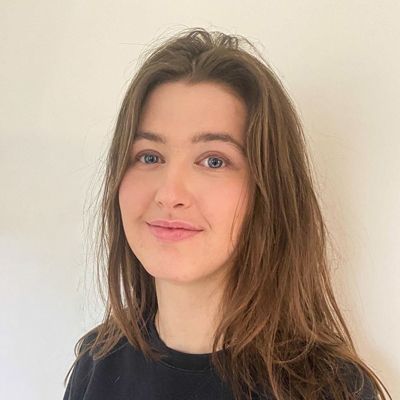Close-up
Rent film gear from local filmmakers.

Rent film gear from local filmmakers.
What is a close-up?
A close-up, or close shot is a type of camera shot that tightly frames a subject, commonly an actor’s face. It adds emotion to a scene or reveals important details. As one of the most frequently used shots (besides medium and long shots), it displays much detail but not a lot of context.
It’s frequently used as a cutaway from a more distant shot to change up the pacing. A close-up of a person is taken from head to neck, cutting above the shoulder.
History
Close-up shots became popular around the turn of the twentieth century. George Albert Smith and D.W. Griffith were among the pioneers when it comes to shaking up the tradition of exclusively using full-body shots, giving the audience a theatre experience.
This meant that while previously body language was the most impactful tool in an actor’s repertoire, now they had a new way to bring characters to life and add depth to their performance.
Types of close shots
While in general close shots are starting above the shoulders and ending above the head, there are some technical variations.
A medium close-up is one where the actor is shown from the shoulders or chest up, while an extreme close-up would focus on a part of the face, often the lips or eyes.
An insert shot is a kind of close-up of an object or detail – like a clock ticking or the car keys on the table.
Effects of a close-up
The close-up is one of the best-suited shots to show dramatic reactions or elements in film. It’s a perfect way to get up close and personal to a character, really read and understand what goes through their head, and feel close to them, both physically and emotionally.
Main characters will most often have multiple close-ups to connect emotionally with the audience.
Close-ups are also used for introducing major characters, indicating their importance. This also applies to insert shots, where the viewer would know that the birdhouse or the music box they’ve just seen a close-up of will somehow play a role and drive the narrative.
Summary
Are you planning on shooting close-ups for your next project? Artlist.io got you covered with this guide on how to shoot amazing close-ups.
It’s important that you find the right balance when it comes to using close-ups with other shot sizes. Too few close-ups will leave the audience disconnected from the characters, but too many and they might lose context.






















